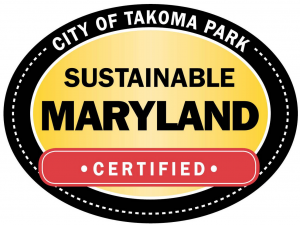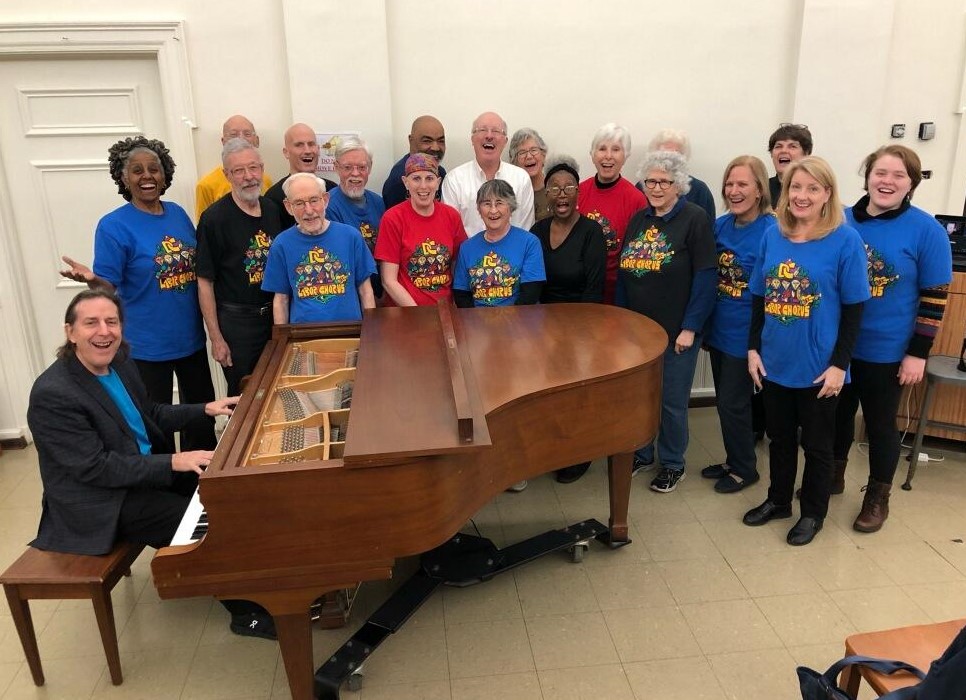The Takoma Park Arts series will return this fall with more free arts events at the Takoma Park Community Center, including an art exhibition, concerts, and an improv musical.
Organized by the City’s Arts and Humanities division, the series features free events in the Takoma Park Community Center auditorium at 7500 Maple Ave. No tickets or reservations are required, but donations are accepted to support the performers.
“We’re very excited to share the arts with local residents and visitors in free performances,” the city’s Arts and Humanities Coordinator Brendan Smith says. “We provide honorariums, extensive promotion, and a state-of-the-art venue to support artists and performers from across the D.C. area, which enhances Takoma Park’s well-earned reputation as an arts-friendly city.”
More than 1,500 people attended 13 Takoma Park Arts events during the 2023-24 season. There’s more info about our upcoming events here and at takomaparkmd.gov/arts, where you can sign up for the Takoma Park Arts e-newsletter.
Takoma ARTery Exhibition
Opening Reception
Friday, September 20, 7:30 p.m.
Artwork by local artists from the Takoma ARTery group will be featured in a group exhibition in the gallery spaces at the Takoma Park Community Center. The artwork branches across a wide range of mediums, including painting, photography, sculpture, and mixed media.
The Takoma ARTery is a local volunteer-run group of artists that organizes artwork displays at the Historic Takoma building, Olive Lounge, and other locations. Many of the artists’ work also is featured in an online artist directory at takomaartery.com.
D.C. Labor Chorus
Friday, October 18, 7:30 p.m.
Featuring singers from Takoma Park and other communities, the D.C. Labor Chorus will lead an audience sing-along of some favorite civil rights and peace and justice songs.
Led by director Elise Bryant, the chorus includes about 25 members of various ages, races, and faith traditions who have performed at concerts, rallies, demonstrations, and picket lines. Some of the singers are current or former union members, and every member actively supports the principles of liberty and justice for all.
iMusical Improv Musical
Friday, November 15, 7:30 p.m.
What’s going to happen during the iMusical performance? No one is sure yet, including the actors since they will be improvising a live musical on the spot.
Based at the Washington Improv Theater, iMusical has performed at the Kennedy Center, theater spaces, and comedy festivals on the East Coast. Founding director Travis Ploeger created the improv group in 2006 after moving to D.C. from New York City.
At the beginning of a performance, the group of about six actors takes suggestions from the audience for the theme of the show and then creates a musical with completely improvised scenes, lyrics, and music with piano accompaniment.
“I wanted to create an improvised musical not to satirize the genre but to celebrate it, having warmth and poignancy as well as comedy,” Ploeger says.
 The City of Takoma Park is proud to announce that it has achieved recertification for its sustainability efforts and has been named Sustainability Champion 2024!
The City of Takoma Park is proud to announce that it has achieved recertification for its sustainability efforts and has been named Sustainability Champion 2024!
